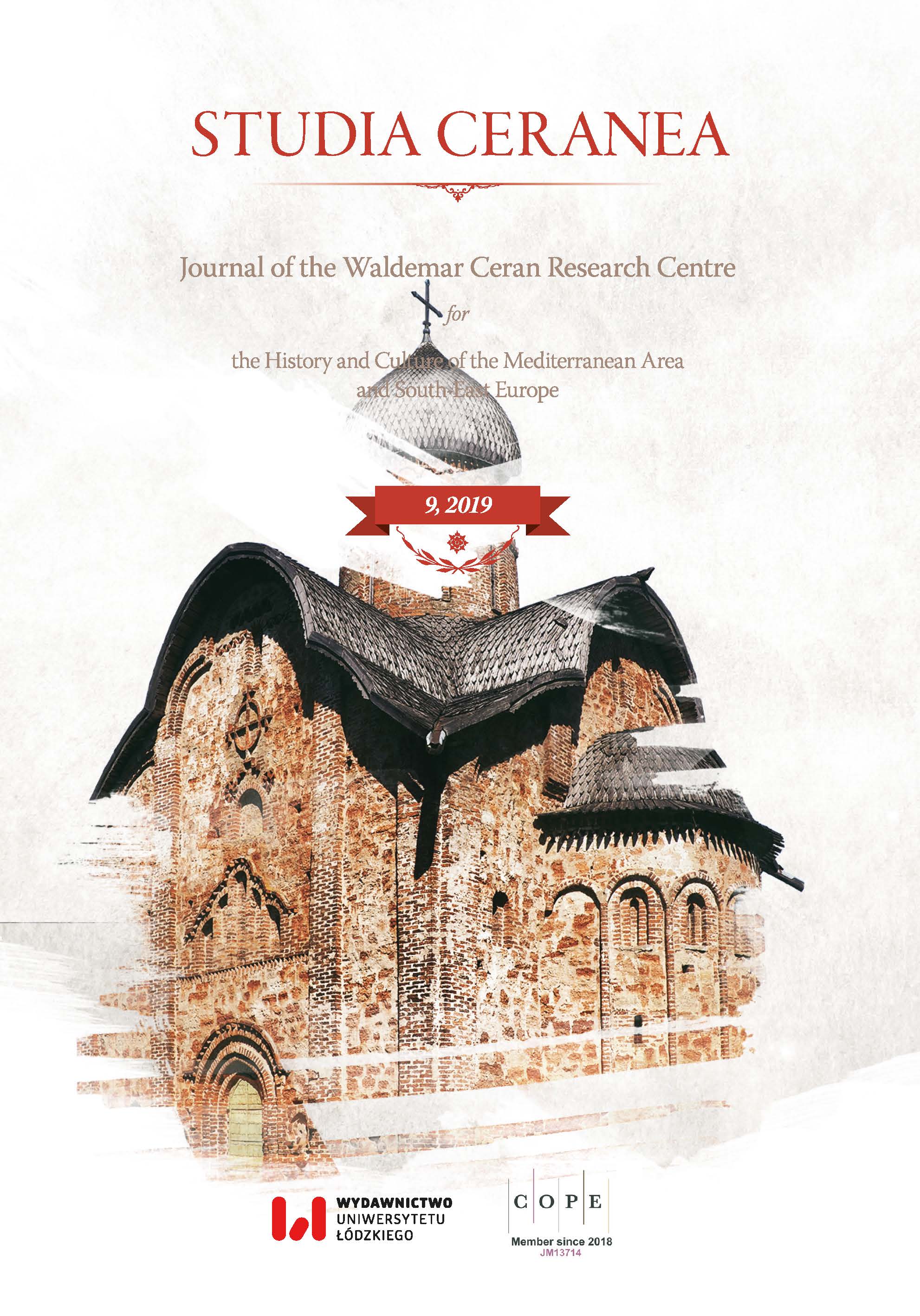Treatise De Administrando Imperio by Emperor Constantine VII Porphyrogenitus: Date of the Paris. gr. 2009 Copy, Years of Compiling of the Original Codex, and a Hypothesis about the Number of Authors
Treatise De Administrando Imperio by Emperor Constantine VII Porphyrogenitus: Date of the Paris. gr. 2009 Copy, Years of Compiling of the Original Codex, and a Hypothesis about the Number of Authors
Author(s): Aleksey Sergeevich ShchavelevSubject(s): Museology & Heritage Studies, Political history, 6th to 12th Centuries
Published by: Wydawnictwo Uniwersytetu Łódzkiego
Keywords: De Administrando Imperio; Constantine VII Porphyrogenitus; emperor’s palatial library; manuscript Paris. gr. 2009; scribe Michael Roizaite; caesar John Ducas
Summary/Abstract: The article proposes a new version of the history of the famous Byzantine political treatise De Administrando Imperio. The text of this treatise was written after 952 and before November 959 personally by Emperor Constantine VII Porphyrogenitus for his eldest son Romanus II. The emperor worked in tandem with an “Anonymous Collaborator”. The text of the treatise was based on the private notes and excerpts of emperor Constantine VII and various other historical and geographical data. Such a scheme of cooperation of Constantine VII himself and a second “Anonymous Collaborator” was described in the title of Vita Basilii Imperatoris. The same mode of compiling was mentioned in Constantine VII’s private letter to Theodoros the archbishop of Cyzicus. The original codex of the treatise was kept in the emperor’s palatial library, where one of the readers made a few marginalia on its pages; one of them is dated to after 979. Between 1059 and 1073 a scribe Michael Roizaite made a copy of this text for Caesar John Ducas. Apparently, John Ducas needed it as a handbook for future emperors Michael VII and Constantine X, whom he taught together with Michael Psellos.
- Issue Year: 2019
- Issue No: 9
- Page Range: 681-704
- Page Count: 24
- Language: English

